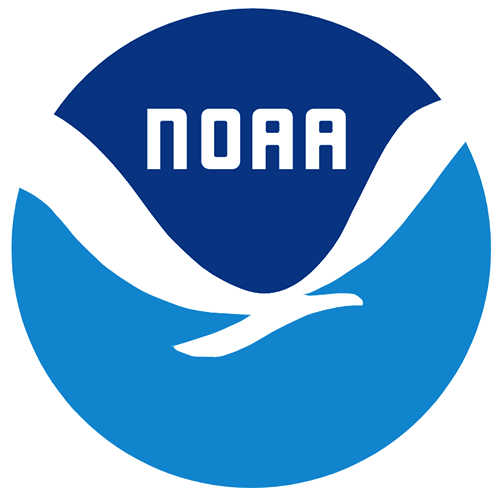2014 USACE-USGS Topobathy Lidar: Puget Sound (WA)
Welcome Guest ( Sign In )
NOAA
 These data were collected by the SHOALS (Scanning Hydrographic Operational Airborne Lidar Survey) system which consists of an airborne laser transmitter/receiver
capable of measuring 400 soundings per second. The system operates from a deHavilland DHC-6 Twin Otter flying at altitudes between 200 and 400 meters with a
ground speed of about 100 knots. The SHOALS system also includes a ground-based data processing system for calculating acurate horizontal position and water depth.
Lidar is an acronym for LIght Detection And Ranging. The system operates by emitting a pulse of light that travels from an airborne platform to the water surface where a small
portion of the laser energy is backscattered to the airborne receiver. The remaining energy at the water's surface propogates through the water column and reflects off the
sea bottom and back to the airborne detector. The time difference between the surface return and the bottom return corresponds to water depth. The maximum depth
the system is able to sense is related to the complex interaction of radiance of bottom material, incident sun angle and intensity, and the type and quantity of organics
or sediments in the water column. As a rule-of-thumb, the SHOALS system should be capable of sensing bottom to depths equal to two or three times the Secchi depth.
Original contact information:
Contact Org: U.S. Army Corps of Engineers JALBCTX
Phone: 251-690-3467
This data set is an LAZ (compressed LAS) format file containing LIDAR point cloud data.
These data were collected by the SHOALS (Scanning Hydrographic Operational Airborne Lidar Survey) system which consists of an airborne laser transmitter/receiver
capable of measuring 400 soundings per second. The system operates from a deHavilland DHC-6 Twin Otter flying at altitudes between 200 and 400 meters with a
ground speed of about 100 knots. The SHOALS system also includes a ground-based data processing system for calculating acurate horizontal position and water depth.
Lidar is an acronym for LIght Detection And Ranging. The system operates by emitting a pulse of light that travels from an airborne platform to the water surface where a small
portion of the laser energy is backscattered to the airborne receiver. The remaining energy at the water's surface propogates through the water column and reflects off the
sea bottom and back to the airborne detector. The time difference between the surface return and the bottom return corresponds to water depth. The maximum depth
the system is able to sense is related to the complex interaction of radiance of bottom material, incident sun angle and intensity, and the type and quantity of organics
or sediments in the water column. As a rule-of-thumb, the SHOALS system should be capable of sensing bottom to depths equal to two or three times the Secchi depth.
Original contact information:
Contact Org: U.S. Army Corps of Engineers JALBCTX
Phone: 251-690-3467
This data set is an LAZ (compressed LAS) format file containing LIDAR point cloud data.
